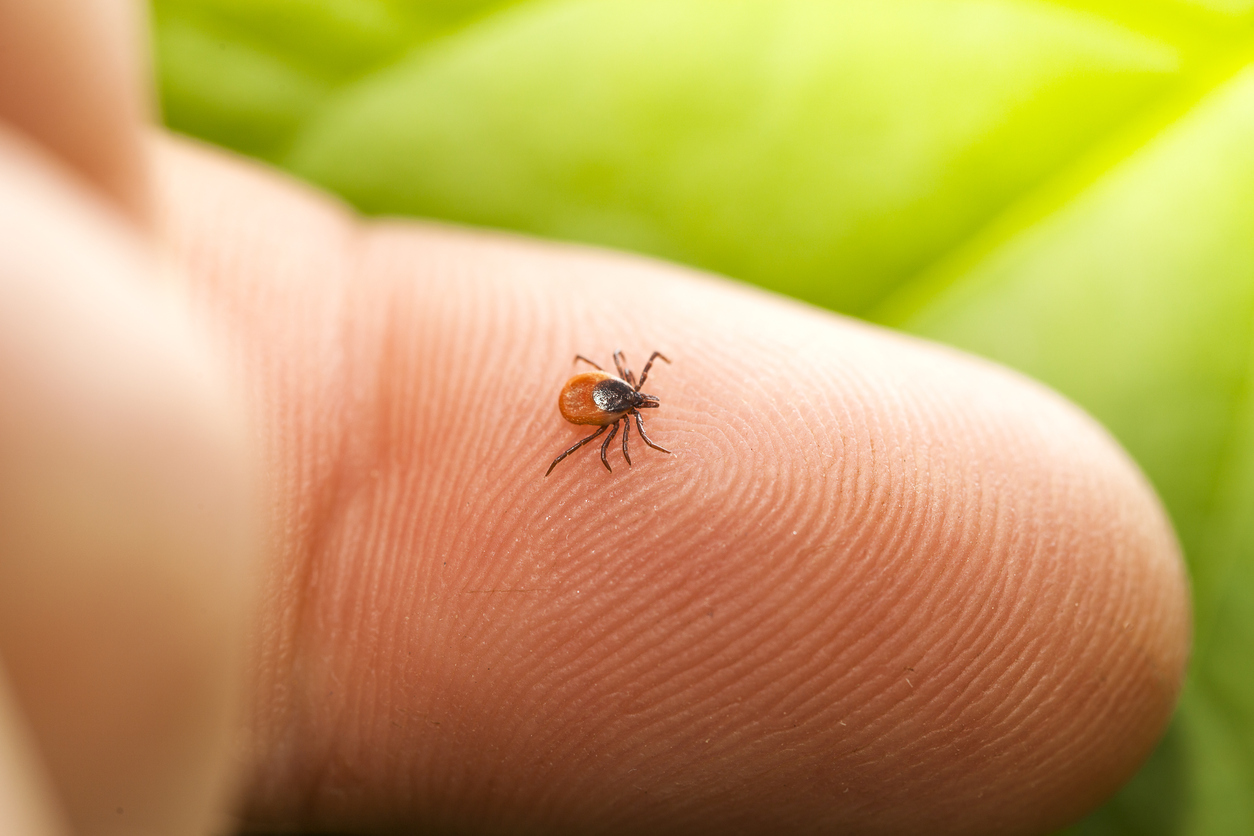Where Do Pests Go in the Winter?
If you’re like a lot of homeowners, you’ve probably heard time and time again how common household pests “die off” during the winter months. As nice as a world where you can turn on the lights in your bathroom without the chance of seeing a huge roach scurry across the counter would be, unfortunately, pests are a year-round reality!
Here’s what really happens to pests during the winter, and how you can protect your home and family all year long.
How Do Insects Survive Winter?
Much like humans, if it’s cold outside, many insects and other household pests will look for a warm place to cozy up for the winter. Because of this, some pests will actually become MORE active indoors during the colder months of the year, hiding out in various cracks and crevices of your home.
The behavior of a pest really comes down to whether or not it is endothermic or exothermic. Mammals are often classified as endothermic, meaning they’re able to generate heat internally.
An exothermic classification, on the other hand, means an organism requires outside sources to generate the heat they need in order to survive the cold.
Because of this, a couple of pest behaviors will occur:
- You’ll see an increase in activity when temperatures drop and endothermic pests seek warm places to hide
- Less mobile winter insects, who undergo a hibernation process called overwintering, may seem to “die off,” but in actuality, will become more mobile when temperatures pick back up, causing a rise in pest activity
Here’s Where Common Household Pests Can Be Found During Winter
Ants
Ants fall into the category of exothermic arthropods. During winter, they’ll seek out shelter in warm residential homes. Ants are not only tiny, but they’re also excellent at hiding in the most hard-to-reach nooks and crannies of your home, including inside walls and under floorboards.
Have you ever had a major ant invasion happen right at the start of spring, seemingly out of nowhere? Once temperatures pick back up, ants will reemerge from their expert hiding places in search of the essentials—food and water.
Roaches
Like ants, roaches are also exothermic pests, which means they aren’t able to generate heat from within. Because of this, roaches will seek out spaces that are warm enough for survival; often this includes crawl spaces or basements. When they’re waiting out the cold, roaches’ reproduction rate does slow down, however activity greatly increases all around in spring when temperatures rise.
Spiders
Spiders are another exothermic pest; they rely on external sources to stay warm during winter. Common hide-out spots spiders navigate to in residential homes include chimneys, in roofing or siding, inside crawl spaces, and even in closets, pantries, and basements.
Mice and Rats
Finally…two endothermic pests—mice and rats! Unlike the exothermic pests covered above, mice, rats, and other furry critters like squirrels and raccoons are capable of generating their own body heat. Just because they’re able to create their own heat, though, doesn’t mean they don’t think it’s cold outside, too. Each of these furry critters is notorious for getting inside homes during the winter months in search of warmth.
Protect Your Home and Family from Pests Year-Round
The only way to truly get peace of mind from common household pests is with an annual pest control plan. Knockout Pest Control offers a variety of options so you’re sure to find the right plan for your family’s needs. Best of all? Our services are eco-friendly, and we treat every call like an emergency.
To schedule an inspection for your home, call (800) 244-7378.




